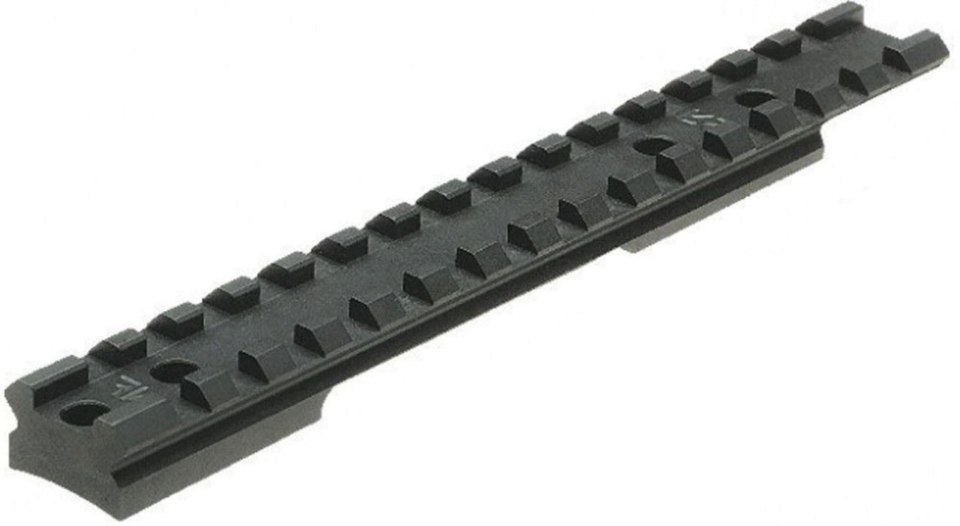FAQ (Frequently Asked Questions)
Are Long Range Scopes better if they Are Made From Thick, Heavy Materials?
No, due to the kinetic energy that travels through your boom stick into the scope rings and subsequently the scope, lighter materials will disperse the energy more efficiently, thus affecting your optic less over shot repetition.
Will a larger riflescope tube let in more light?
Nope! Many shooters are led to believe that a larger tube allows more light in, this is simply not true in any meaningful quantity. The amount of light that reaches the eye through the ocular lens is largely unaffected by tube diameter. Light converges at the front of the scope through the objective lens before colliding towards the tube’s centre, this is how light enters the scope and subsequently your eye. The benefit of an increased Tube Diameter is restricted to more elevation and windage adjustment thanks to increased travel within the erector assembly. However, a large erector assembly can affect light transmission by a small degree through the tube which can impact image quality.
Does tube size matter in rifle scope?
Tube size can matter at long range because a larger tube will allow more room for the erector tube assembly to adjust for the greater distance. Generally, in everyday hunting, it makes little difference.
What is the tube diameter of a rifle scope?
The most common tube sizes are 25.4mm (1″), 30mm and 34mm. With the larger diameter tubes being more suited to long-range shooting.





